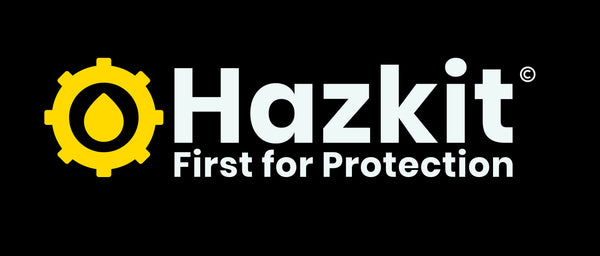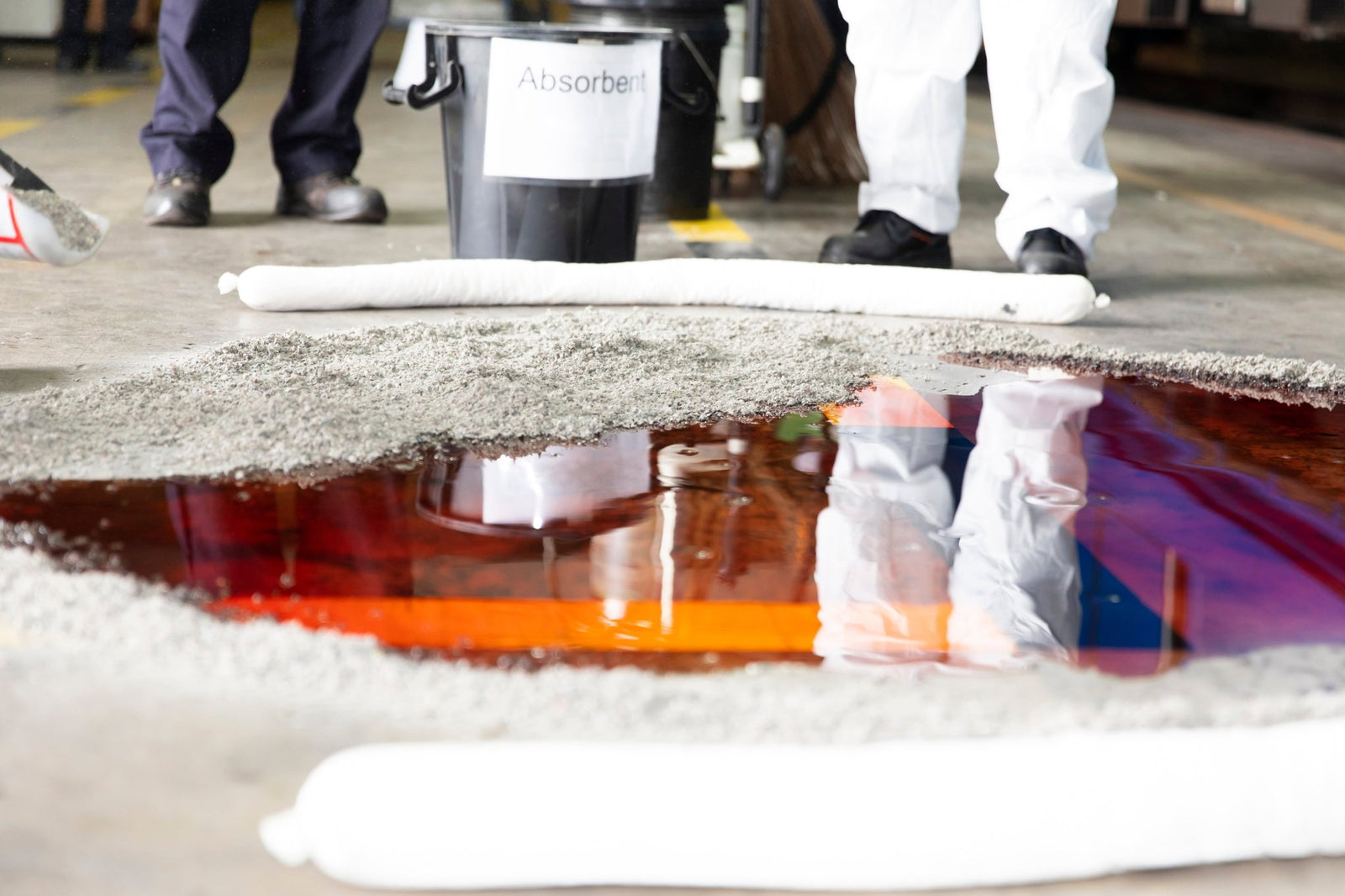What is it going to be used to clear up?
This question has got to be the starting point for your spill kit selection adventure. The worst time to find out that you've got the wrong type of kit for what you're trying to clean up, is when you're trying to use it... because it won't absorb anything or won't be enough to remove the whole spill then you've got hazardous product loose and out of control. This could have a devastating impact on your health, the environment and your company's bank balance.

What can happen if you use the wrong one?
Most spill kits are specifically designed to only absorb the types of product that they are meant to, whilst creating a manageable way for you to safely handle the waste and dispose of it.
This means that if you try and use a kit that is designed for something else, it might actually repel whatever you are trying to clean up or create more problems than you are already dealing with such as risk of injury, fire or damage through inappropriate use/handling.
You have a duty of care and legal responsibility to ensure that you have the correct type and volume of absorbents on hand for the products that you are handling/transporting and that anybody who might need to use a spill kit has access and knows how to use it correctly. Failure to control and contain a spill could lead to a complex situation that requires expert assistance and/or enter a system (e.g. drains) that means you require emergency environmental response teams and must report to the relevant authorities.
To help try and stop anybody being investigated, fined or fired, we have put together a quick guide to how you might choose from the most common spill kits.
Different Types of Kit
These are the most common types of kit to choose from:General Spill Kits
Chemical Spill Kits
Oil and Fuel Spill Kits
There are other specialist kits that clean up very specific liquid spills of mercury and bodily fluids (we also sell these) but we will focus on these main three in this post.
General Spill Kits
For the clean-up of non-aggressive or non-hazardous liquid spills, for example:
- Coolant
- Antifreeze
- Oil
- Water
- Weak chemicals
- Solvents
Chemical Spill Kits
For the clean-up of aggressive or hazardous liquids, for example:
- Acids
- Alkalis
- Strong chemicals
- Solvents
Important Note: not for use on oxidisers
Oil and Fuel Spill Kits
For the clean-up of grease and oil-based liquids that are water repellent, such as:
- Water repellent hazardous and non-hazardous oils
- Distillates
- Fuels
- Solvents
Important Note: anti-static kits may be required for explosive liquids e.g petrol
Remember to think about volume!
If it is possible you could have a spill of up to 200 litres, you need to be prepared to clean up a spill of up to 200 litres. Choose the capacity to best suit your needs and make sure all bases are covered so that you don't find yourself caught short at the worst time.
Don't forget, if you have had a spill and used some of the contents of a kit, to replace it as soon as possible. We sell refills to try and help keep this cost effective.







